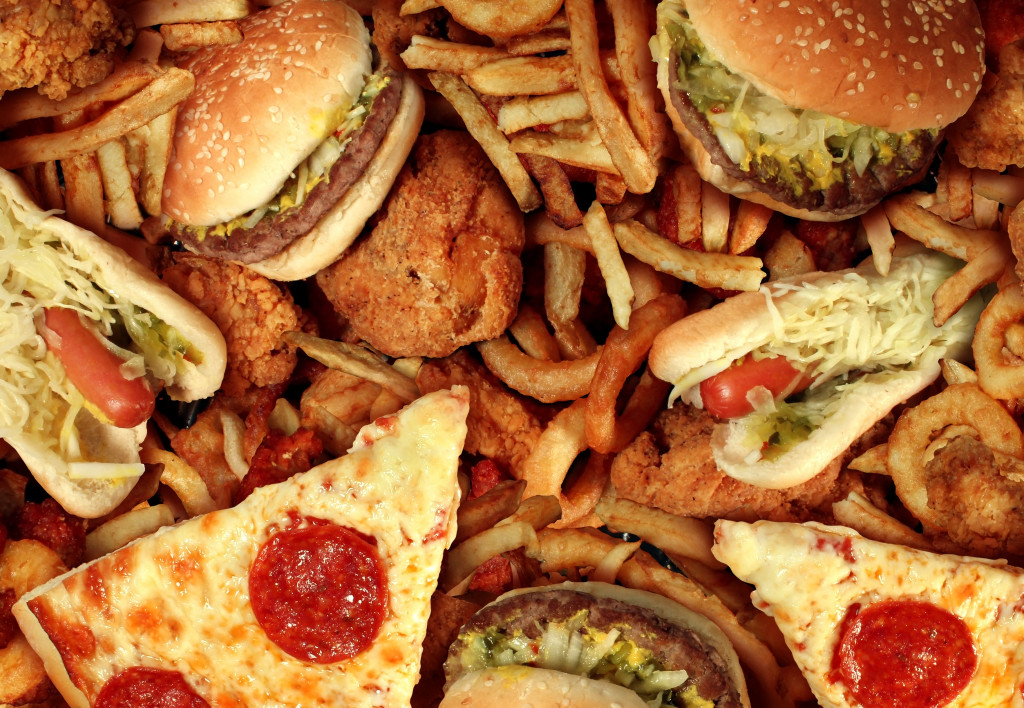In the face of uncertainty, people found solace in food. The 2020s became a decade when we valued wellness more than ever before. Food trends were about health and connection with others through community events such as potlucks filled with wholesome dishes that spread joy, love, and hope for better days to come.
Experts say that these developments will have long-lasting impacts on the food industry even beyond this year. Let’s take a look at some of them.
Cooking with What’s in Your Pantry
In 2021, home cooks are interested in making innovative meals with whatever they can find in their pantry and kitchen. The main thing is coming up with something delicious. An influx of convenient organic frozen ingredients also helped people prepare a meal quickly without going shopping for another ingredient or utensil.
Breakfast for Dinner
This was already a trend in some food establishments, but it hits the mainstream in 2021 as people look for new ways to get their breakfast fix throughout the day. There’s nothing better than enjoying hot oatmeal or pancakes for dinner. If something sweet at night may be too much for your taste buds, savory options like eggs Benedict and other entrees made the transition more palatable.
Additionally, breakfast meals are supposedly faster to cook and prepare than other meals. With parents working from home and kids also stuck at home, there was even less time to prepare meals for the whole family. Breakfast became a fast and budget-friendly alternative.
To-go Food and Delivery Are Still In
Even with the focus on health, Americans love convenience. Take out, and delivery is still in. However, you may have noticed some differences. For one thing, there was a higher demand for fast preparation foods in take-out joints like sandwiches and salads since preparing something else takes too much time.
Pizza delivery was among the staples during the lockdowns because it was affordable and tasty. Plus, it can be delivered hot to your doorstep. It was a contactless transaction, too, since you can already pay for your order online and pick up the pizza boxes after the delivery person has left.
Low-Waste Foods
Many people lost their sources of income during the pandemic, which caused a resurgence in frugal cooking. Standard recipes were modified to make use of leftovers rather than letting them go to waste. Hopefully, the zero-waste lifestyle will be able to sustain itself beyond 2021.

Carb and Protein Alternatives
With the increased demand for vegan and vegetarian diets, there was a rise in substitutes like seaweed to replace pasta. People learned about some of the rarer plants that are healthier, like tofu and tempeh, when it comes to protein content while also discovering new ways to prepare things that were previously considered “weird” or hard to chew.
Legumes made a comeback, and they were used generously to extend soups and stews to feed more family members. There was also a push to make different kinds of nuts and seeds more accessible.
Home-baked Bread and Pastries
Home-baked bread became a social media phenomenon in 2021 and 2021. With people stuck at home, buying a bagel at your favorite shop became too much of a hassle. Many home cooks turned to baking their bread from scratch and sharing the results with their neighbors. The healthier varieties used fewer preservatives in their recipes to maximize space in their freezers for other ingredients.
Superfoods Make an Appearance
A renewed interest in superfood powders that were pummeled into daily smoothies meant smaller grocery bills since you can freeze extra ingredients instead of buying new batches every time. This also contributed to less waste since you don’t have to buy extra products to make smoothies or workout drinks.
The early adopters of these powders were the fitness buffs and bodybuilders. Still, once it became more affordable to experiment and play with their recipes, people in their everyday lives discovered that they’d instead make a daily meal from scratch than rely on prepackaged frozen meals.
Artisanal Cocktails and Mixed Drinks
You’ve probably noticed cocktails with creative names popping up on your social media feeds recently. These are just part of an overall shift towards artisanal drinks that don’t rely on excessive sugar or artificial ingredients to create flavor.
Cocktail bars and home bartenders used natural fruit juices, herbs, spices, and other natural ingredients to create unique flavor profiles that you won’t get anywhere else. You can make some of these at your cocktail bar if you’re crafty with mixing different flavors.
No matter what the state of the world is, food will continue to be at the center of people’s lives. Those who have had to adjust to challenging times brought about by the pandemic gained a more profound respect for ingredients and cooking for nourishment rather than just for taste.







